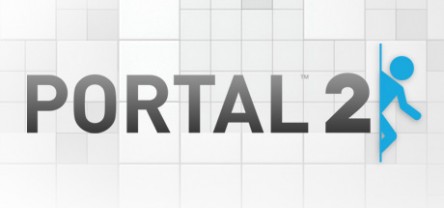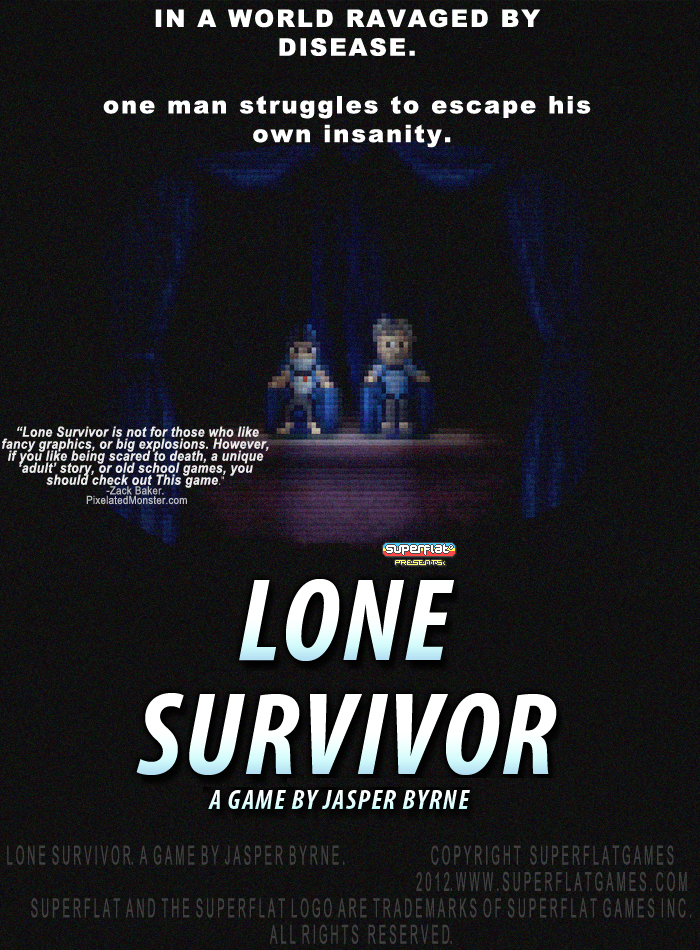I have Chreekat to thank for my indoctrination into the Penny-Arcade world as well as PAX and also becoming an [Enforcer]. In late summer 2007, Chreekat drove off to Seattle, WA during Labor Day weekend to be an [Enforcer] at the Penny-Arcade Expo, all of which was foreign to me. Except Labor Day, I knew what that was when I wasn't getting it confused with Memorial Day. Which I still do, all the time.
Jump forward to early/mid 2008 and I was given the opportunity to become an [Enforcer], and if you didn't click on the above link, an [Enforcer] is a volunteer who helps out the people running PAX. You are assigned to a specific department such as PC Gaming, Tabletop Gaming, Handheld Gaming, Current Console Gaming, Registration, Information Desk, et cetera. For my first year, I request to be put into Handheld Gaming as that was where my current video gaming knowledge was firmly based. Thankfully I was placed in Handheld Gaming and worked the 9pm - 3am shift, which was perfectly fine with me. The remainder of the day was spent walking around the expo halls and Spare Boarding (which is like working in any department that needs extra hands at a particular time).
PAX08 was a blast, in short. I was able to meet Jerry Holkins, one of the creators of Penny-Arcade (Jerry, some other [Enforcers] and myself were looking for a steam punk themed Penny-Arcade cake that was thought to have been stolen, but was found a few minutes later); I saw Felicia Day and Sandeep Parikh just walking around (when they weren't at their booth or during panels) and along with a hundred or so other people was at a bar (after the setting up for the convention the day before it opened) saw Wil Wheaton. I was also able to meet up with one of my friends SneakyTiki [I was in charge of letting the first groups of people through a set of doors which lead to the Expo Hall (a hell of a first job mind you)].
To say that PAX09 was a lot of the same as PAX08 is selling it short, even though it kind of was. Does that diminish how awesome the expo itself was? Hell. No. The differences were that the convention itself was bigger, more of the Seattle Convention Center was able to be used, all new games were demoed/exposed/played; I saw The Legend of Neil at a panel with Sandeep Parikh and Tony Janning. I worked again in Handheld and I didn't feel like a complete n00b. This was also the year that Rabies came up with ConSARS, a quickly developed contagion-type game on the third day of the convention. Coincidentally enough, that was the year that 50+ people at the convention came down with H1N1 (swine flu).
PAX Prime 2010 (2010 was the first year of PAX East in Boston) I was moved to Classic Console, which plays games from older systems such as the NES, SNES, Sega Master System, Atari 2600. You know, "classic" console video games. I was initially sad leaving the people in Handheld that I'd been working with for two conventions, but I still had a blast in CC. PAX10 I probably spent the most time out-and-about and less time hanging out in the department I was working when I wasn't working. I was also able to meet up for sushi with my friend Taylor (she doesn't have a handle as far as I know) who lived in Seattle. PAX10 definitely felt lower key than the previous two conventions, but not any less fun.
PAX Prime 2011 I wasn't able to attend for a number of reasons. The first being that I was low on money after having recently moved from Woodland, CA to Portland, OR and I couldn't afford to drive/fly/train up to Seattle. I had also started a job at an assisted living facility and didn't think that I would be able to request and receive four days off from work.
PAX Prime 2012 begins today and goes through Sunday September 2nd. I am sadly unable to attend this year for slightly different reasons. Mainly money issues, which always suck, but whatever. My girlfriend Conklederp told me yesterday that I'm going to go to PAX next year (assuming that the world doesn't end in less than four months) and I'm afraid that I have to agree with her. I'll be putting in my time off request once PAX Prime 2013 is announced. I'll be looking forward to finding out what department I'll be working in and it really is a tough choice between Handheld and Classic Console (although I could double up and request to work both departments and do a double shift).
To everyone at PAX right now, have fun and with luck, I'll be joining you again in 2013.
~JWfW/JDub/Jaconian
Insert Line From Schwarzenegger's Best Film




















